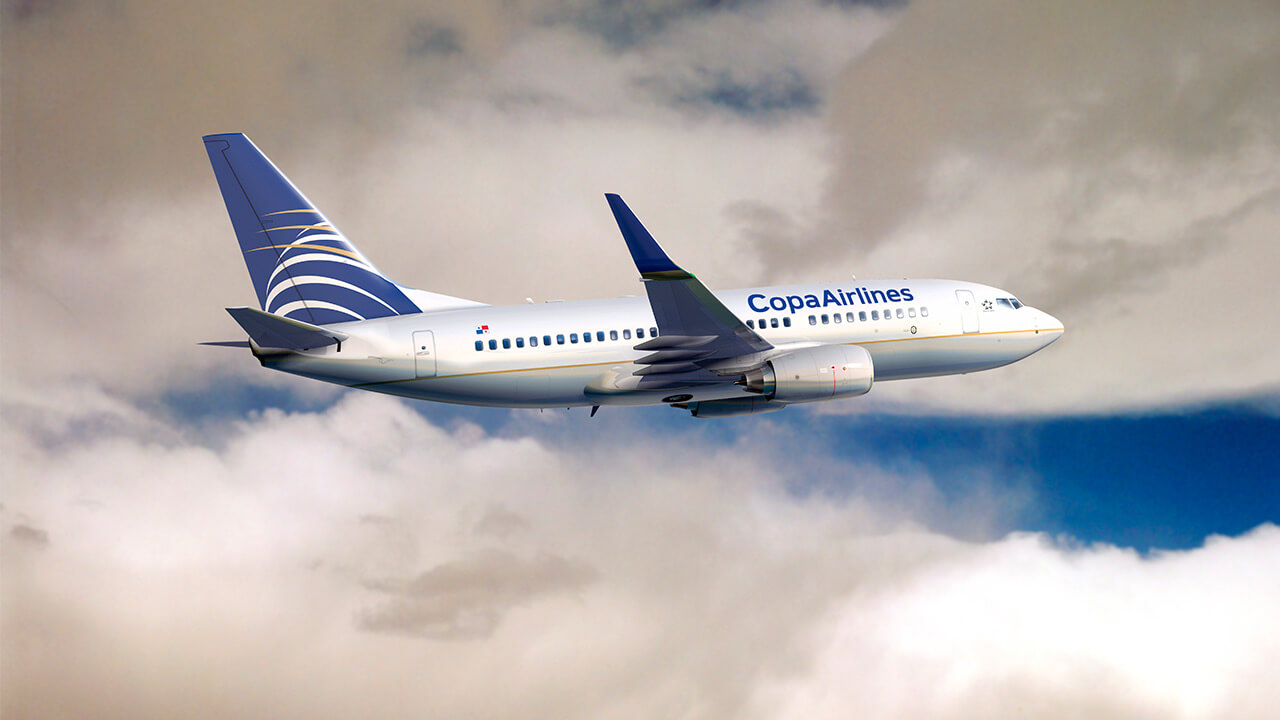Copa's Lost Quarter

Photo Credit: Copa Airlines
Airline executives call the pandemic the worst crisis in air transport's century of existence. And when you look at Copa Airlines' second-quarter results, it's easy to see why they say that. The Panamanian carrier reported that its second-quarter passenger traffic fell a stunning 99.7%.
What makes this unusual is that Copa, long one of Wall Street's darlings, has not reported a quarterly loss in 20 years, as CEO Pedro Heilbron reminded analysts during the company's earnings call. For years during the last decade, while airlines all over the world were happy when they reported high-single-digit operating margins, Copa's were regularly in the high teens. In the second quarter of this year, Copa's reported a $386 million loss. It flew 9,000 passengers, compared with 2.6 million last year.
The secret to Copa's success lay in its network. Panama City is at sea level (unlike many of its neighbors, such as Bogota), so the airport is easy to operate from. And the country is geographically centered between North and South America, making it possible to connect both continents with Boeing 737 aircraft or smaller. It's also helped by the Panamanian government's investments in aviation, including at its hub at Tocumen, which it calls "The hub of the Americas."
This model quickly fell apart when Panama and several neighboring countries imposed travel restrictions to stem the onslaught of the coronavirus. Copa essentially stopped flying on March 22, but the Panamanian government has allowed the airline to operate a handful of humanitarian and repatriation flights.
The government is planning to ease travel restrictions on Aug. 21, and Copa is targeting Sept. 4 to begin operating more scheduled flights. It will resume flights with about 10% of its schedule. It will initially fly to about 10 destinations, including New York, Miami, Havana, São Paulo, Brazil, and Quito, Ecuador. CEO Pedro Heilbron said Copa will operate Tocumen as a "mini-hub," connecting passengers between any of those initial 10 destinations. Of course, Heilbron warned, these plans could all change if countries go back into lockdown or if travel restrictions are not eased.
Copa's Achilles' heel is that Panama is small, with no domestic air travel market to speak of. The airline's stunning traffic decline is further proof of the conventional wisdom that airlines with large domestic networks will recover faster than those, like Copa, with small networks at home. Airlines in Brazil, for example, are doing relative well, all things considered, because of their massive home market. Super-connector airlines, like the Gulf Three (Emirates, Qatar, and Etihad) and even Copa, with small or no domestic markets, will take longer to recover, especially as international travel is expected to be the last to return to pre-pandemic levels.
But Copa expects to emerge from this crisis. It has no plans to file for bankruptcy protection, as its rivals Avianca and Latam have. It has access to cash and has raised more than $300 million and can avail itself of credit if needed. It's trimming its fleet by getting rid of 14 Embraer E-190s and 14 Boeing 737-700s. It's negotiated with Boeing for a staggered delivery of its Boeing 737 MAXs, when deliveries of the type resume after re-certification.
But a lot of uncertainty remains. When asked what next year could look like, Heilbron said, "It's hard to tell right now, very, very hard to tell right now because it depends on so many unknown factors."
